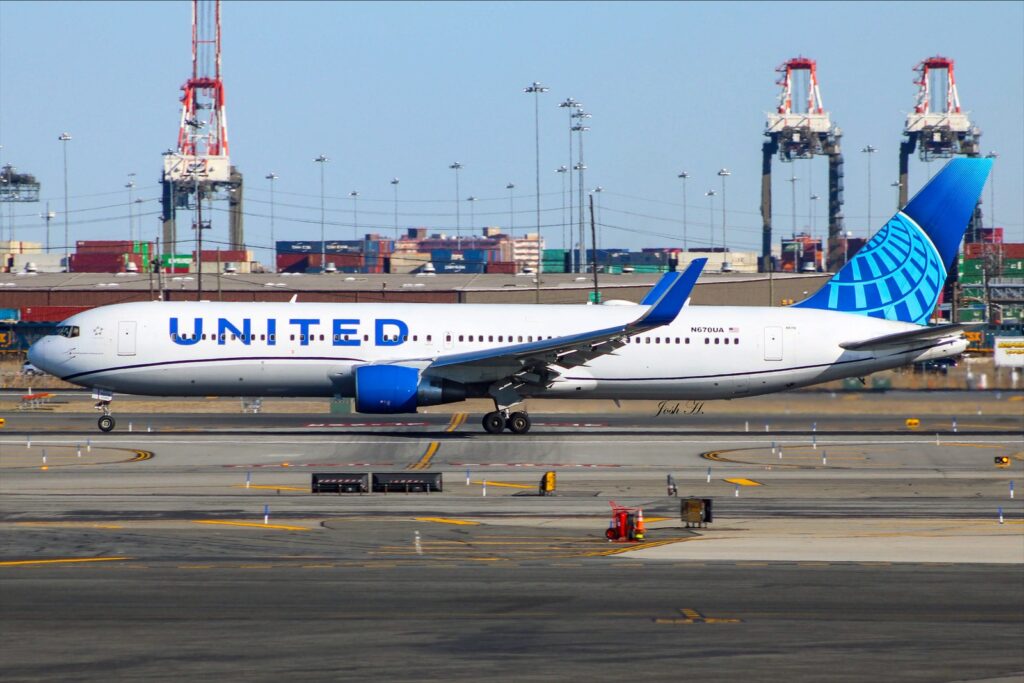When the average person thinks about aviation, the first person that comes to mind is the pilot. People in this particular job are responsible for keeping commercial and military aircraft operating on time around the world. But in 2024, there will be a global shortage of this important job. So what is the cause of this shortage? Is it as serious as some would like? If so, what are airlines doing to resolve this crisis?

One of the main factors to consider when pursuing higher education and considering a future career path is the return on investment that a particular career will provide a person. It's about how quickly you can recoup the money you spent on higher education and professional training to get the job, and how much money you can earn afterwards.
This applies to most fields, including aviation. Over the past few decades, the “return on investment” for pilots has been very high, with many pilots coming out of the military or post-secondary/flight training eager to join airlines due to attractive work hours and high salaries. was. One of the most appealing aspects of becoming a pilot in the past has been the pay and quick return on investment. Before the 1980s, most pilots were paid the same as doctors, and senior pilots were paid twice as much as doctors.
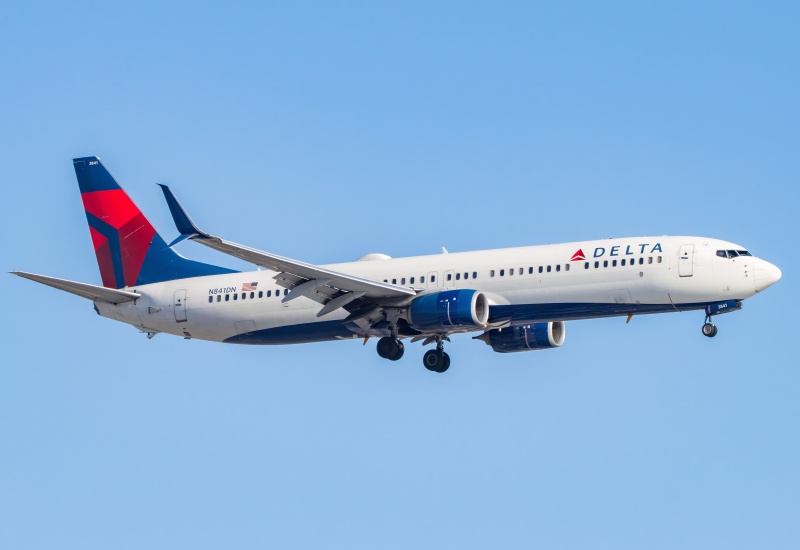
So what has changed?
Many pilots who go the civilian route and earn their licenses through higher education or flight school will pay for their education, plus more, in a fraction of the time it would take today's new pilots to do the same. was able to be recovered.
In 2024, cost will be a major barrier for future airline pilots and future pilots. Almost all major airlines require their airline pilots to hold a minimum Air Transport Pilot License (ATPL). Flight training, unless done through the military, has always been an expensive endeavor, but it's now more expensive than ever. The average cost of flight training in the U.S., with or without a private pilot license (PPL), is $77,500, with the cheapest option expected to cost $55,000, according to the Pilots Association.
That is correct. Flight training in the United States is more expensive than at certain universities.
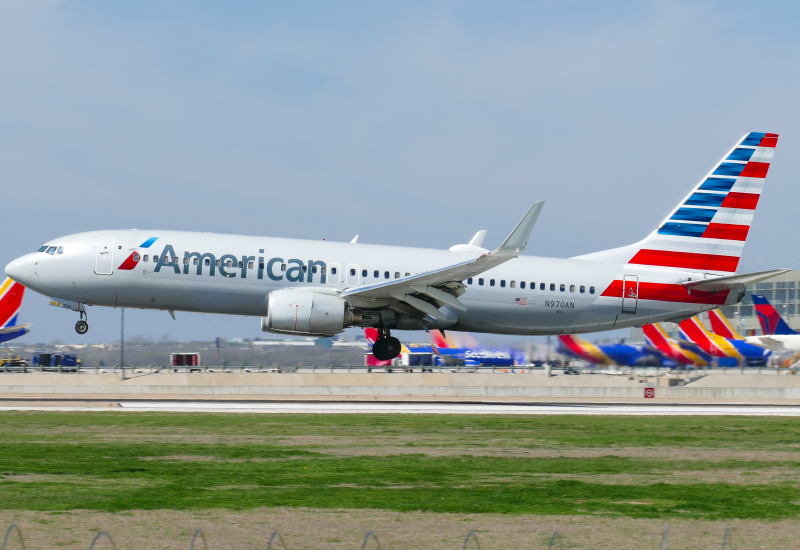
Some universities in the US, such as Embry-Riddle Aeronautical University, offer joint programs to earn a bachelor's or master's degree (BSc/MSc) and an ATPL license. However, these programs can cost upwards of $100,000. This major limiting factor prevents you from becoming a pilot in the United States.most major airlines prefer This is not a qualification, although the pilot may also have some kind of university degree. need requirements.
Many people who want to earn a college degree and pilot's license study at universities in Europe or Asia, where universities offer inexpensive flight training programs. Examples include the Czech Technical University Professional His Pilot (PIL) program and his two programs at the Estonian Aviation Academy.
After earning your ATPL and flying the required 1,500 hours (within the U.S.), you can become a first airline pilot at a regional airline contracted with one of the three major U.S. carriers, such as Delta Air Lines, American Airlines, or United Airlines. Assuming you can get a job. . The pay is pretty good for an entry-level position (about $50,000), but the long hours (4-5 flights per day over 5 days) and short breaks (often less than 10 hours) The first few years of working as a pilot are tiring and somewhat unpleasant.
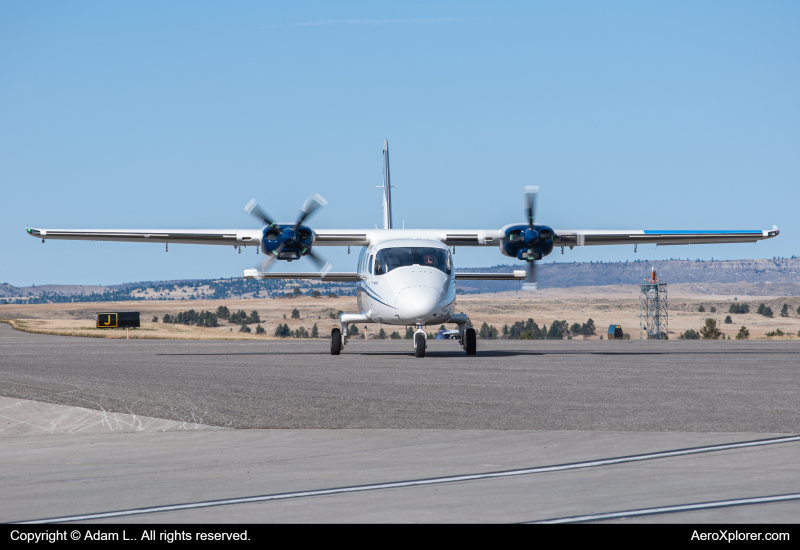
COVID-19 pandemic
At the start of the global pandemic in 2020, many major airlines offered generous early retirement packages to save money and consolidate resources, pushing older pilots into early retirement. In addition to this, the airline's “flight training pipeline”, which provides a steady stream of new pilots, was disrupted at the start of the pandemic. The disruption, combined with increased pilot retirements and departures from cargo airlines that have thrived during the pandemic, contributed to the disaster.
What does this mean to you?
According to Oliver Wyman, there will be a shortage of 34,000 pilots worldwide by 2025. While this number is expected to improve by 2030, around 20,000 additional pilots are still needed, a gap that will be difficult to close.
If you are a lifelong aviation enthusiast or want to fly and become a pilot, now is the time. Major airlines such as United Airlines and Alaska Airlines offer their own flight schools that don't require a college degree. These flight programs are expensive, but there are financial aid options as well. Alaska Airlines is offering him a $25,000 scholarship, and United Airlines is providing a loan to help the cadet complete his flight training.
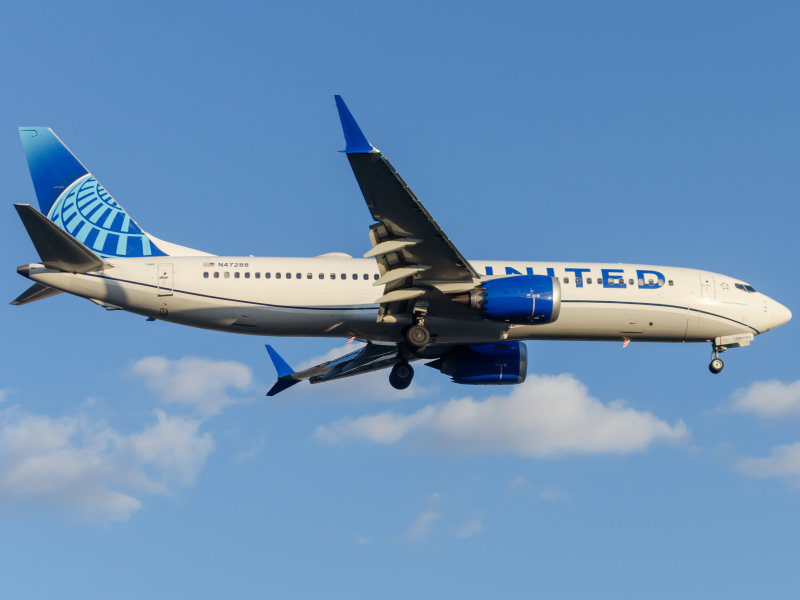
Cadets trained at airline-sponsored flight schools have a direct path to work with that major airline. As the COVID-19 pandemic has proven, job security is hard to come by in the airline industry. Therefore, an airline that offers job security is an attractive offer for prospective pilots.
The current pilot shortage has forced many airlines to cancel flights due to lack of crew, leading to airlines losing revenue. Regional airlines have been hit hardest by the airline shortage, with entire companies forced to close. Most major airlines have done most of their pilot hiring in the past few years, leaving regional airlines without pilots. As a result, many small communities and airports in the United States have lost commercial flight service due to pilot shortages, disrupting economic development in other regions and, in some cases, paralyzing entire communities.


